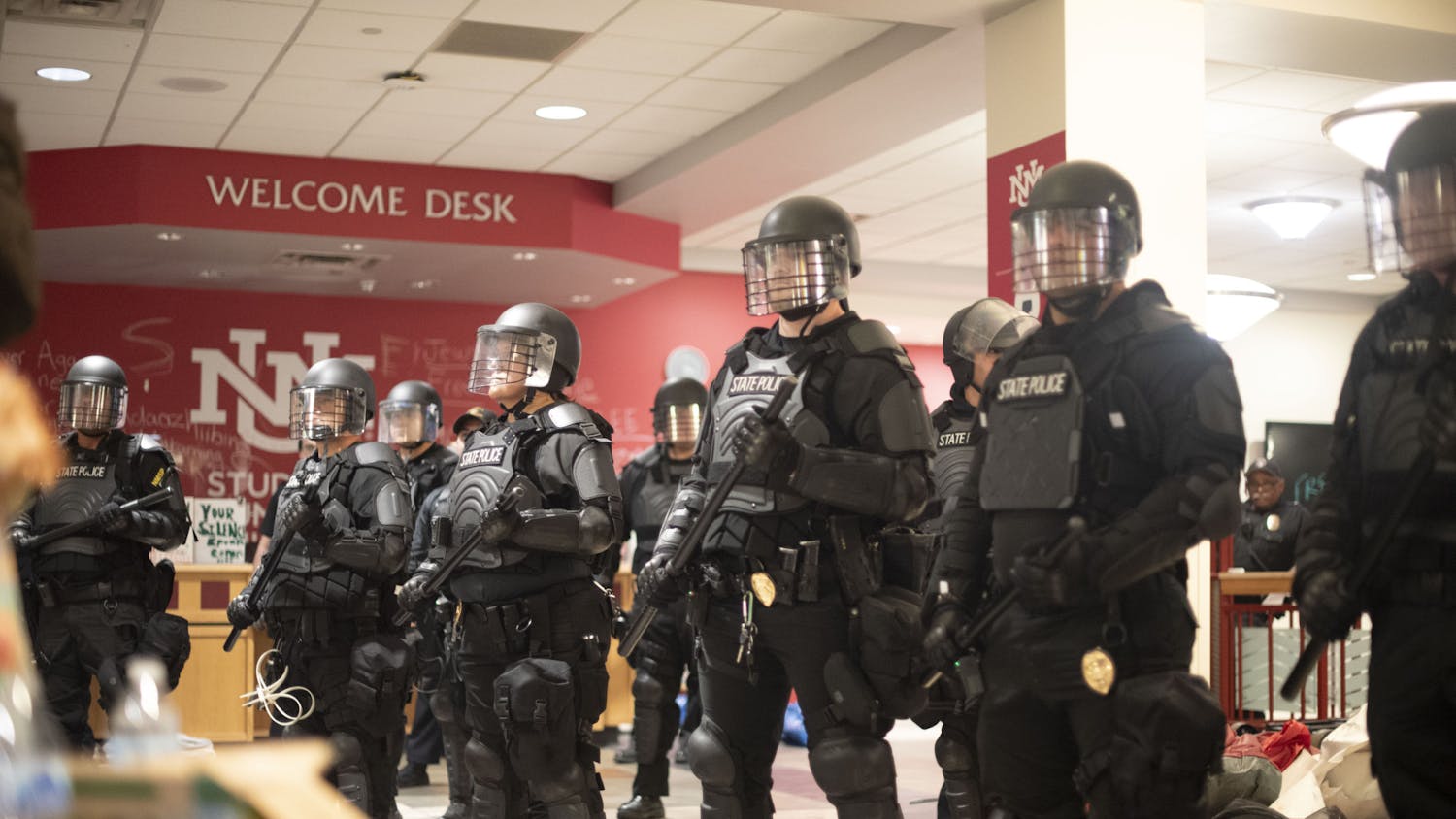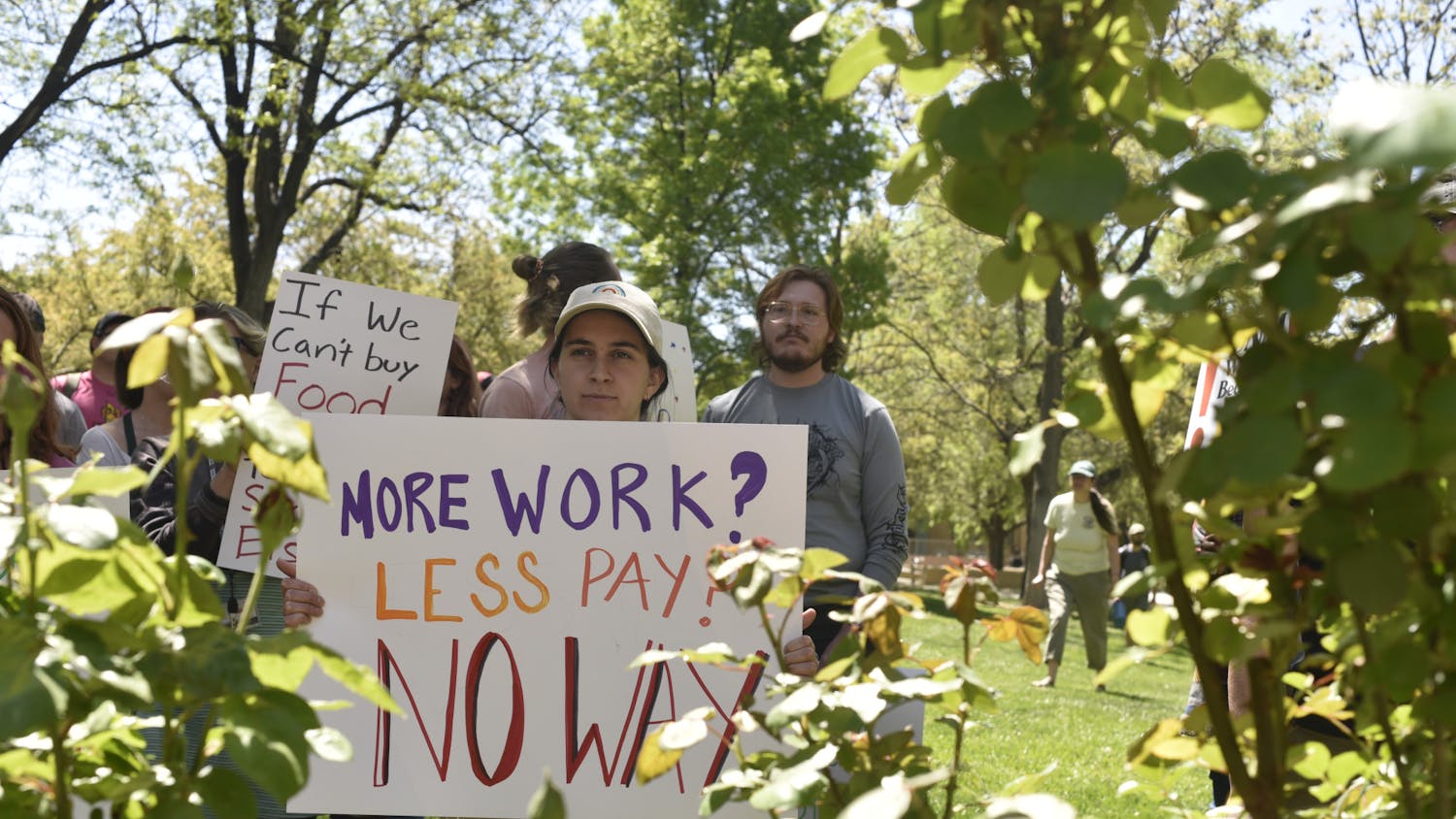Bard College is helping college students and their state senators talk directly about issues concerning climate change and clean energy.
Eban Goodstein, director of the Bard Center for Environmental Policy, organized the nationwide 2010 Campus to Congress: Let’s Talk. e UNM Sustainability Program hosted a conference call Friday with Jonathan Black from Sen. Je Bingaman’s sta , and Andrew Wallace of Sen. Tom Udall’s o ce to answer questions submitted by UNM students.
Both Democratic senators are up for re-election in November.
Daily Lobo: What is Senator Bingaman’s biggest hesitation to implementing alternative energy in New Mexico? What is one of his biggest concerns?
Jonathan Black: ere are obviously technical concerns about making sure there are transmissions lines and ways to get that electricity to areas that are using it. I think we’ve spent a lot of time and effort trying to nd ways in which to deploy these technologies and create incentives for energy effciency and for renewable (e ciency) and to get access to them.
DL: As a state that boasts more than 300 days of sunshine, why has New Mexico not invested more in solar energy? Could there be subsidies available to promote the switch to clean available energy both on a residential and utility wide scale?
Andrew Wallace: ere are federal incentives for doing both of those things. Certainly New Mexico is a top quality location for solar power and so there should always be more. What we’ve heard from various project developers is that transmission is an issue, particularly if you are talking about large utility scale solar projects. A lot of the demand is to the west of New Mexico — Arizona and California.
So, we would want to make sure that if you’re building a new transmission project you want to do it the right way and not disrupt the land as you’re going through. But for New Mexico to really realize its full potential it wants to be able to export that power to a large population center, so there is a transmission issue. Solar power is not yet what they call “grid parity” — meaning it’s not the same price as conventional electricity from coal or natural gas red power plants.
But, the cost for solar comes down every year and we certainly hope that as you scale up and build more of it, with some support from government, the costs will continue to come down and then you’ll really see a ramp up.
I don’t know if you have heard of the Property Assessed Clean Energy program (PACE). It’s kind of an interesting thing where folks can go and take out loans to do energy ef-ficiency or renewable programs at their home, but they would do it instead through the banks through municipal or state counties who would then fund the programs. The payback would be enrolled through their property taxes. My colleague said that New Mexico is also participating in the program here, so that is something to look into as well.
DL: Would you be willing to offer land, water or nancial incentives to organic non-genetically modified organism farmers who are sequestering carbon from the atmosphere in their organic rich soil?
JB: e issue of o sets, whether it’s organic farms or regular farms or trees in forests, is certainly an issue that has caught my boss’s attention. We’ve tended to look at o set projects as a good way to keep costs down in a cap-and-trade program, but when you’re creating financial incentives to these projects, you want to make sure the carbon that’s sequestered stays there. It is something my boss wants to promote and look into.
Get content from The Daily Lobo delivered to your inbox





